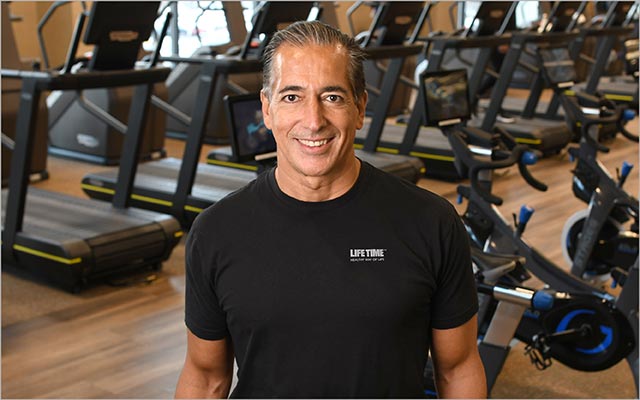What drives your thoughts, choices, and actions?
As I reflect on where I’ve been, where I am, and where I’m going in my life, this question is something I’ve been thinking about a lot lately.
It’s helped me recognize the times that I’ve led and the instances when I’ve followed; the situations in which I’ve been at the forefront and those in which I’ve tried new things or behaved in certain ways because of what others before me had done.
We all find ourselves taking different positions in various circumstances; it’s simply part of being human. The key, I believe, is to act consciously. So, what guides your thoughts, choices, and actions?
If you’re familiar with the Rogers Adoption Curve (or the Diffusion of Innovations theory), you probably recall that this sociological tool is divided into five categories that demonstrate how ideas spread across a population.
Each new idea is first recognized by innovators, who make up about 2.5 percent of the population. These are often leaders who are connected to the idea in some way — perhaps even its creation.
From there, an idea is picked up by early adopters, who account for about 13.5 percent of the total. Because of their close connection to the innovators and their social influence, early adopters are the next to embrace an idea — and then spread the word more broadly.
That’s when the early majority joins in, followed by the late majority and the laggards. Together, these last three groups make up the remaining 84 percent who get on board once an idea’s been vetted, tweaked, and proven to work.
This model makes sense because humans are social animals. We may follow in certain aspects of our lives because it’s what others are doing successfully; it keeps us in a comfortable safe zone of the known. (As we’ve seen through the course of history, however, there are plenty of examples of nefarious movements that people have fallen in line with, as well.)
Yet because of our sentient nature, we have the capacity to question this behavior. So the challenge is to ask why? When you take the time to closely analyze your thoughts, choices, and actions, how often do you see yourself as an innovator or early adopter? How often do you identify as part of that 84 percent majority? And regardless of the role you play, are you choosing it with intention?
I clearly remember an experience from about 30 years ago when I spent a few weeks traveling with a local businessman for work. He had this habit of tugging on his shirt collar, and as I spent more time with him, I began subconsciously imitating the behavior — until I caught myself doing that.
While there was nothing wrong with the collar pulling, it just wasn’t something I would innately do. By noticing my unconscious mimicking, I had the chance to question why I’d started doing it, and to stop so I could be more authentically me.
This is a minor example of mindless following — I doubt anyone else noticed I was doing it. Yet it made me realize that I do this in other situations as well, including those that are much more significant. We all do.
Even those who tend to fall into that tiny category of innovators — people who break the mold by introducing new ideas — make choices in certain aspects of their lives as a result of other people’s thoughts and actions. It might be the food protocol they follow, how they exercise, the music they listen to, or the car they drive. Or it could be around much bigger issues, like their beliefs about important societal concerns.
The opportunity for all of us, then, is to lead and follow with more purpose and intent.
Are we leading because it’s what calls us and we see a new way forward? Are we following because the ideas align with the values that deeply connect with our unique sense of meaning, and because it feels right?
My hope is for all of us to begin noticing the influences that motivate our thoughts, choices, and actions throughout our days and weeks. Because with even a little more intention, we can pursue a life of greater fulfillment, more joy, and change. And how we do that is unique to each of us.



This Post Has 0 Comments